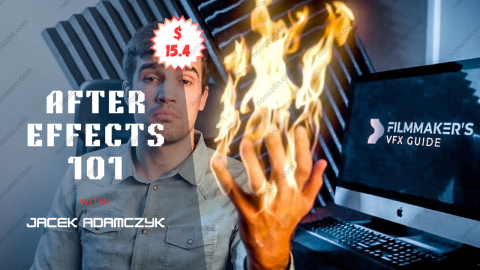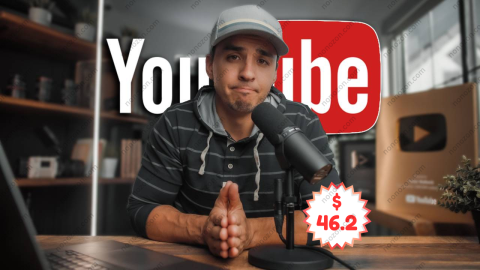V-Ray Interiors: The Abandoned Warehouse
by Amid Rajabi
V-Ray Interiors: The Abandoned Warehouse by Amid Rajabi For Digital Download!
Check Proof of Content here:
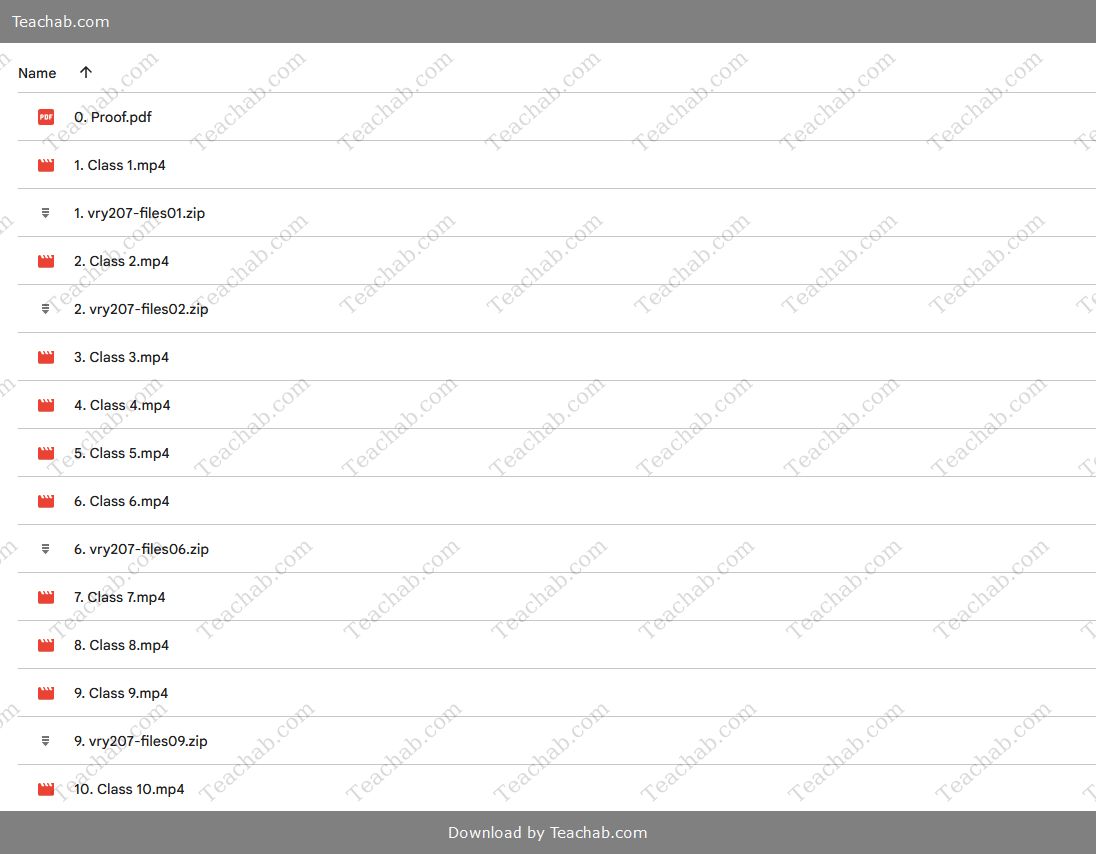
In-Depth Review of V-Ray Interiors: The Abandoned Warehouse by Amid Rajabi
In today’s ever-expanding world of digital visualization, V-Ray Interiors: The Abandoned Warehouse by Amid Rajabi emerges as a standout course for those seeking advanced interior rendering knowledge. This instructional series delves into V-Ray’s powerful capabilities, specifically focusing on creating photorealistic indoor environments. Split into two robust parts, the course combines theory with application, offering a comprehensive path for artists aiming to master detailed rendering workflows. Whether you're aiming to refine your techniques or explore deeper functionalities of V-Ray, this course delivers essential tools and insights.
Course Structure and Overview
The course is structured across multiple sessions, each targeting a key area of the rendering pipeline. The opening class introduces the fundamentals of assembling complex interior scenes, which often involve dense meshes and numerous 3D elements. Students learn techniques to streamline scene setup, helping them stay organized and efficient during intensive projects.
This portion also introduces critical concepts like polygon optimization and data organization. By mastering these foundational skills, participants reduce bottlenecks during rendering and improve project performance. The subsequent module shifts focus to procedural foliage generation using Bifrost—specifically ivy vines. This method, gaining traction in professional settings, teaches how to load and configure necessary toolsets for seamless integration of natural elements.
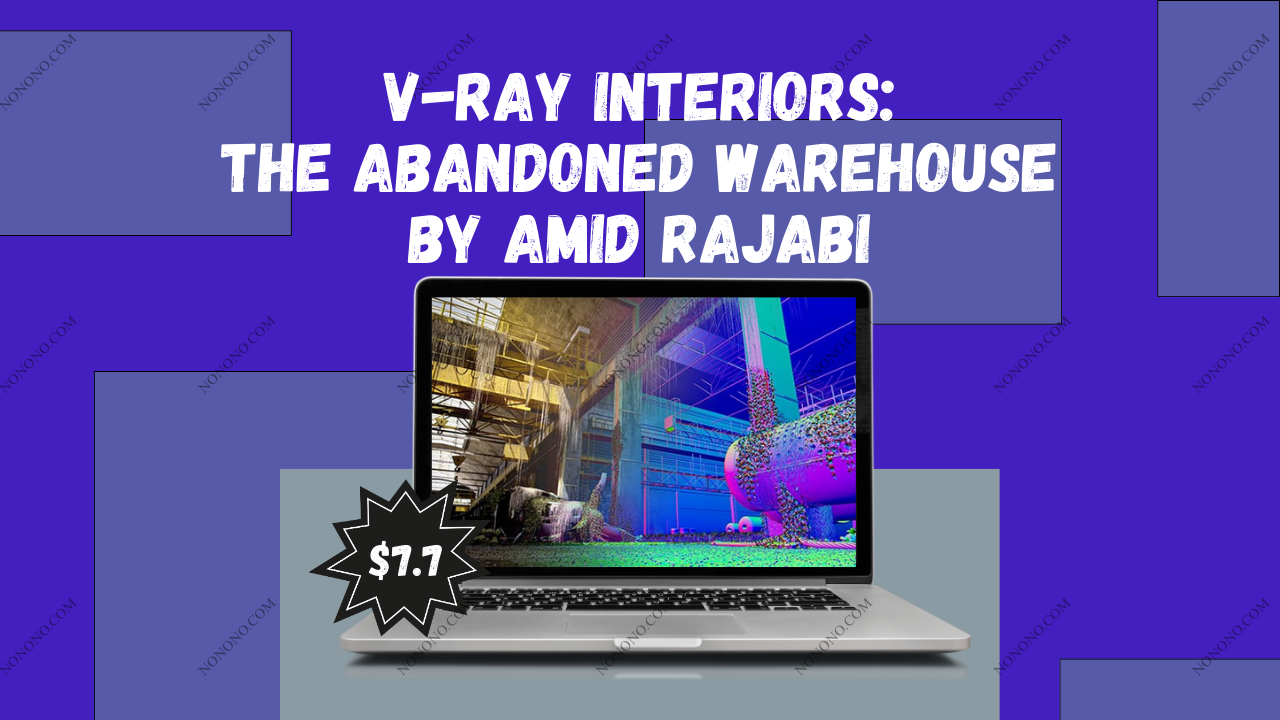
Lighting and Denoising Techniques
Lighting takes center stage as the course advances. Learners are taught how to leverage V-Ray’s sun and sky system, tools that are essential for simulating believable daylight conditions inside scenes. Proper use of these lighting systems brings dynamic realism to interior compositions.
The training also emphasizes the integration of the Intel Open Image Denoiser, a feature that dramatically shortens render times. This denoising tool allows students to preview near-final quality outputs in a fraction of the time, accelerating the feedback cycle and supporting more responsive creative decisions. Together, these lessons empower artists to make lighting adjustments confidently and intuitively.
Material Creation and Texturing Approaches
Material setup is another core pillar of the course. In this section, students explore V-Ray’s advanced texturing nodes, including the triplanar and multisub shaders. These nodes enable the creation of sophisticated surface materials—ideal for organic forms like ivy and roots—without the need for perfect UV mapping.
Learners also work with UVW randomizers and layered textures to apply patterns across broad surfaces, such as floors and walls, in a non-repetitive manner. This approach ensures visual richness and removes uniformity, which is often a barrier to achieving realism. Through these detailed workflows, participants gain the knowledge to texture expansive interiors effectively.
Key Takeaways on Material and Texturing
Triplanar and Multisub Nodes: Support complex material setups for varied surfaces.
Color Correction Techniques: Help achieve accuracy and visual fidelity.
UVW Randomizer: Enhances realism by introducing texture variation.
Enhancing Scene Realism with Chaos Scatter
In one of the course’s culminating modules, students are introduced to Chaos Scatter—a powerful plugin for distributing environment assets such as grass, stones, and debris. This tool proves invaluable when crafting a lifelike abandoned setting, as it facilitates natural scattering patterns with minimal manual effort.
With Chaos Scatter, users can enrich their scenes with believable ground cover and layered environmental detail. This not only boosts realism but also helps convey narrative depth, making the viewer feel immersed in the rendered space. The ability to control distribution at a granular level empowers learners to develop more atmospheric and authentic results.
Render Elements and Compositing with Nuke
A professional rendering pipeline doesn’t end with a single render. The final section of the course introduces multipass rendering and compositing with Nuke. This phase teaches how to export and work with render elements—individual image layers such as shadows, reflections, and lighting—that give artists full control in post-production.
Through hands-on lessons, students learn how to rebuild and refine final shots in Nuke, a staple software in visual effects workflows. These compositing techniques are crucial for any artist looking to polish and finalize renders beyond the raw output stage. The module ensures students complete the course with both rendering and post-processing experience under their belt.
Practical Applications of Rendering Techniques
Render Passes: Enable flexible adjustments for lighting, shading, and effects.
Nuke Compositing: Demonstrates a studio-level finishing process for high-end visuals.
Conclusion
To conclude, V-Ray Interiors: The Abandoned Warehouse is a masterfully structured program that delivers technical depth and creative inspiration. Amid Rajabi’s clear instruction and focus on real-world application help learners develop not just rendering proficiency but also production-ready compositing skills. Covering everything from polygon management and lighting to texture layering and Nuke integration, this course represents a complete journey through professional V-Ray workflows.
With a total runtime of about 3 hours and 43 minutes, the course provides focused, high-quality instruction that translates directly into studio-ready capabilities. For digital artists committed to honing their craft in interior visualization, this course offers an exceptional return on investment—both in skills and portfolio potential.
Related products
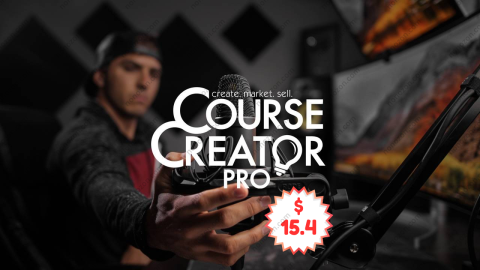
Course Creator Pro (Preview) - Lifetime Updated
by FullTime Filmmaker Team
$15.40

